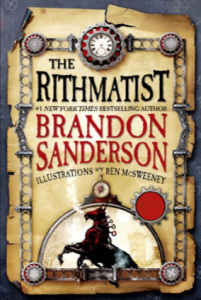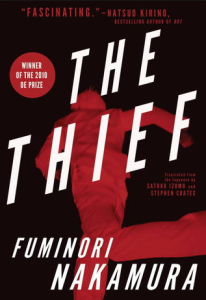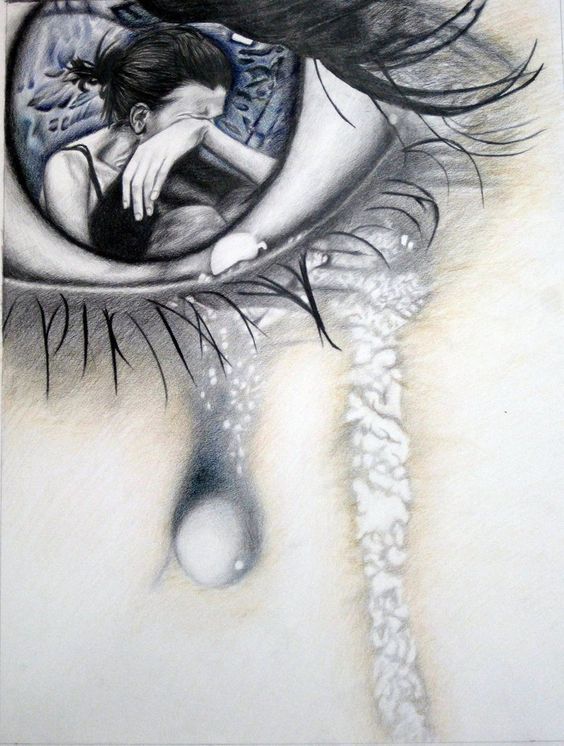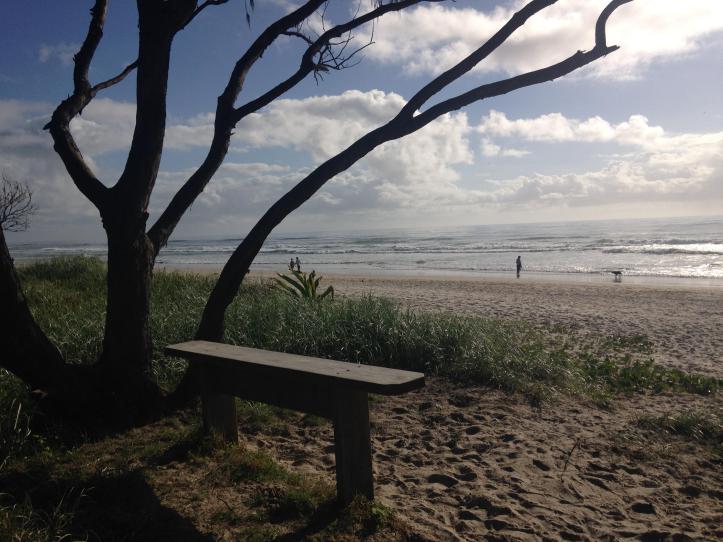I found this trilogy—at least the first two books (which was all that was available at the reading)—to be very, very confusing.
Let’s get this established: I don’t confuse easily, especially when reading. The confusion with these books is three-fold, and it is reflected in the contradictory reviews. First, the plot it confusing. Second, the characters are confusing. And third, the whole point of the books is confusing. I could further break this down, but let’s just keep it at this.
What do these books do well? Marketing, clearly. Promises. And world-building. When you first encounter these book, they are likely to be standing out on an end cap in a book store, recommended by someone. They have lush covers with great illustrations, and the cover copy is a winner: two kids kidnapped every four years from a small village, and every time one is beautiful and good and one is odd and outcast. This time, the most beautiful child is busy trying to be extra good so she’ll get kidnapped and sent to school to become a princess. Meanwhile, the daughter of a witch is none to keen to go anywhere. The set-up continues: when they get to the school, the “princess” is enrolled in the School for Evil and the oddball in the School for Good.
 Love it. The idea was really spectacular and even the world that Chainani creates is fun and engaging. You have these two opposing high schools training the good and evil to be fairytale characters, and bad grades can land you as a good or evil animal or sidekick. Throw in some fractured fairy tale, and this should have been a real winner.
Love it. The idea was really spectacular and even the world that Chainani creates is fun and engaging. You have these two opposing high schools training the good and evil to be fairytale characters, and bad grades can land you as a good or evil animal or sidekick. Throw in some fractured fairy tale, and this should have been a real winner.
I believe that some readers are still clinging to the idea behind the books, because what actually happens as the story continues (and continues and continues) is, like I said, confusion. The plot? Honestly, I had to re-read some sections because the narration is so spastic that I didn’t always know (or want to believe) what had just happened. Quite frankly, I’m good at interpreting/deciphering story, but this book? What made the most sense was often completely the opposite of what happened, and I don’t mean that in a good way. When something surprising happens in a story, it should on some level feel inevitable. The plot here was often willy nilly, slip shod, random. Something should have happened, and something else did. Or—which plenty of readers have pointed out—nothing happened or things happened in circles for much too long.
Characters? Everyone assumes that the moral of this series is that good and evil are not always how they appear. You imagine that Chainani is going to play with the conventional ideas of beauty, goodness, evil, and ugliness, and—super oddly—some readers end thinking that is what he did when he clearly didn’t. He instead gives us two main characters and many others who waffle back and forth between being one thing and being another while spouting truisms about themselves and each other that aren’t even believable. And the princesses are still boy-crazy and the witches still murder people. She’s good! (No, clearly she’s not.) He’s deeper than you think! (No way.) If Chainani had just let his characters be themselves after the first few chapters, the whole story would have gone a different, and less annoyingly zig-zag direction.
Because, let’s face it, the series ended when the first book ended. Writing a second and third book to undo the ending and re-write the outcome is just irritating to a good reader. What was this whole thing about, anyways? Well, I already addressed this, mostly.
Believe me, I approach every book wanting it to be amazing, even though I would be a little bit jealous if it was perfect. I don’t want to find a book laughable, unreadable, or disappointing. The first two books of the School for Good and Evil series do not, in any way except for world building, deliver on the promises or good reviews. What other reviewers have identified as a need to “cut” is really a need to be true to the characters and the inevitable moral of the set-up, or a lack of writing intuition. Instead, you get hundreds and hundreds of pages of confusing, mediocre, random narration that left me sincerely let-down.
I would not recommend this series. If they make a movie, it is possible they will be able to create a new story from the mess, and that might be pretty good.
_______________
I read the first two books of the School for Good and Evil trilogy, by Soman Chainani, published by HarperCollins beginning in 2013. I only read the first two because that’s what was available when I read it. The final book is now available, but my daughter (as well as I) have outgrown the series.





